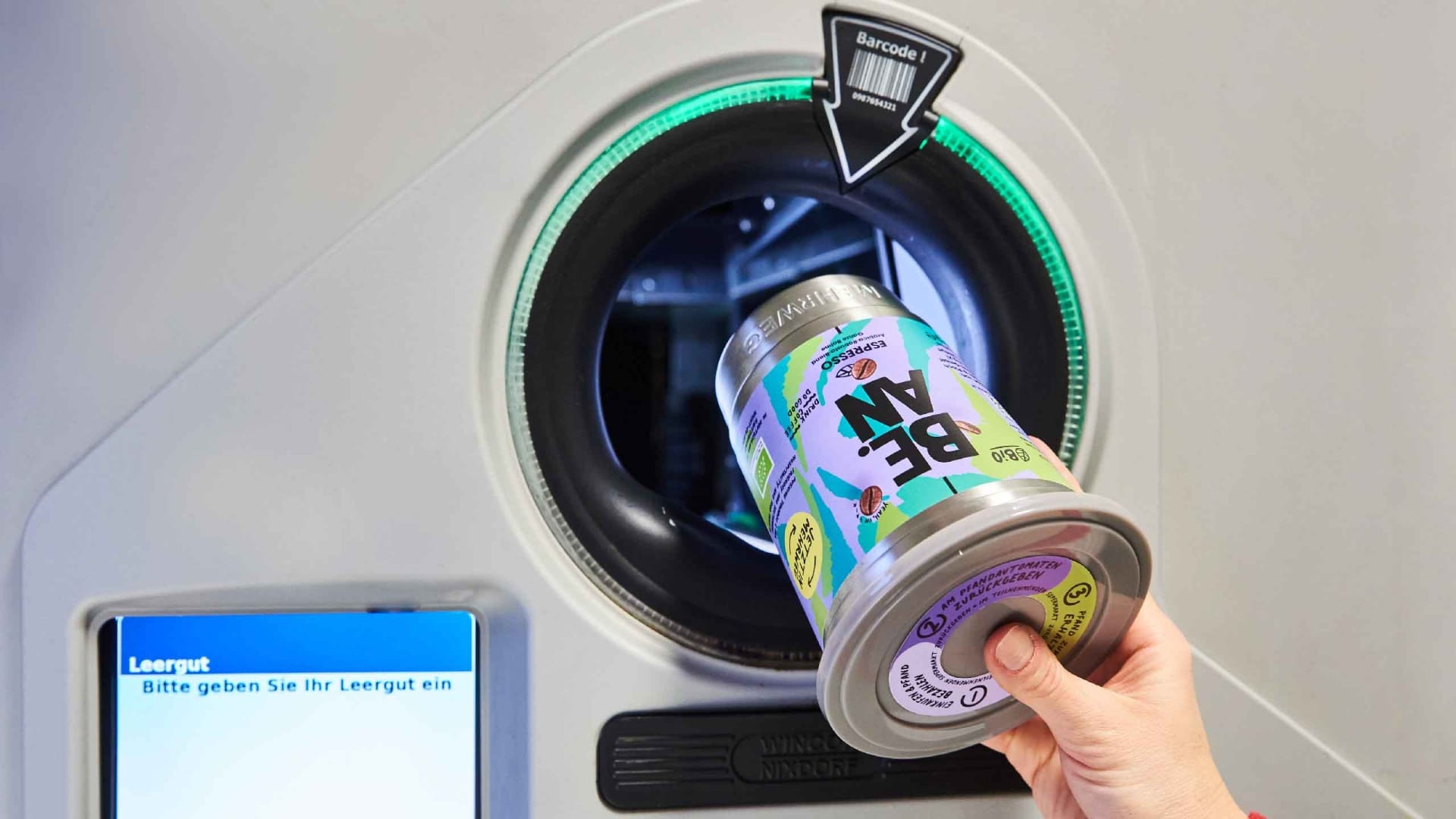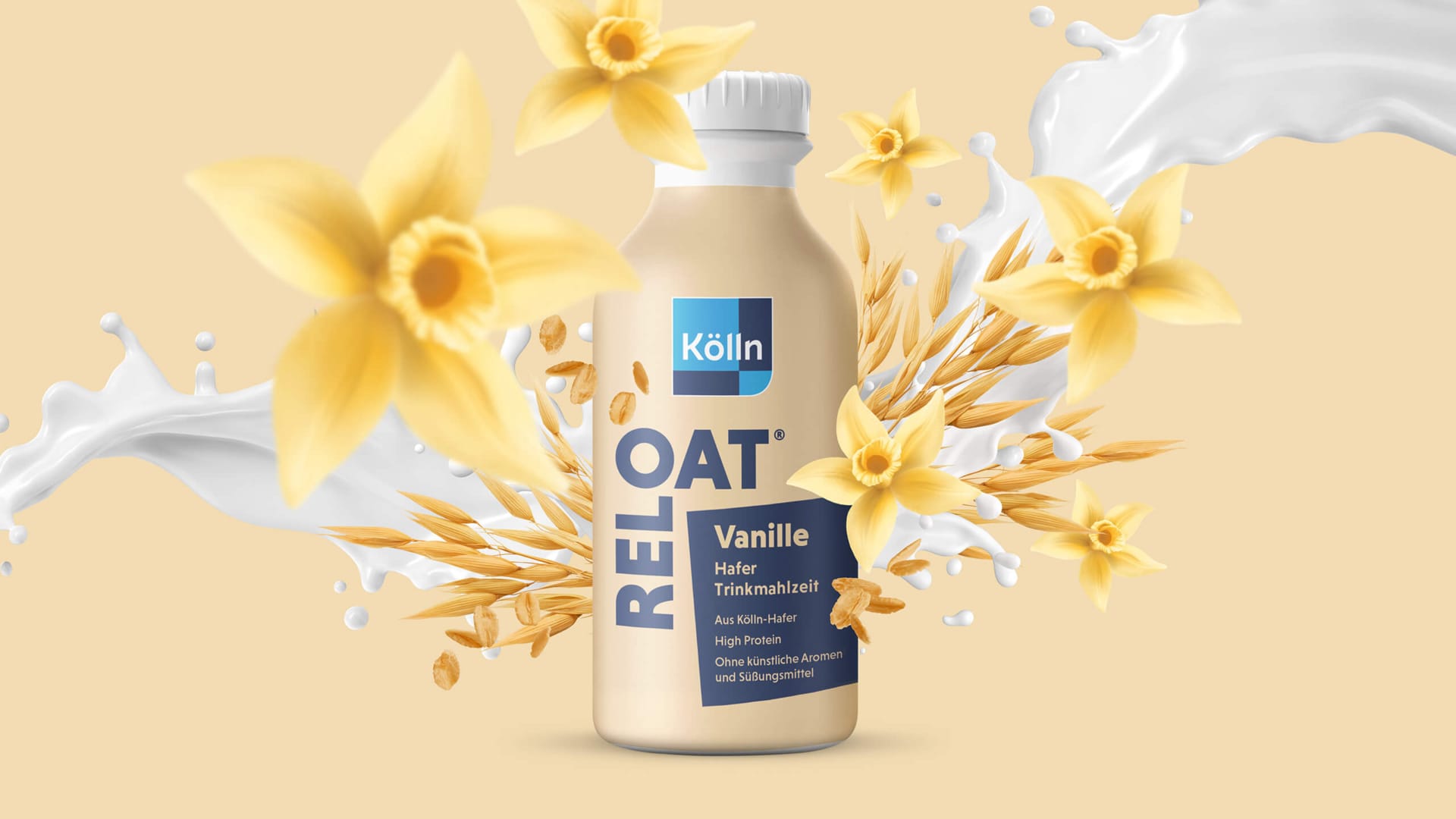Which packaging trends are currently shaping the food & beverage segment?
The world of packaging in the food and beverage sector is changing: from the circular economy to smart labels and minimalist designs – current trends are not only influencing the choice of materials and production processes, but also brand perception and consumer expectations.
On this page, we show you what packaging trends are all about today and how brands can benefit from them.
Table of contents
- What does “packaging trend” mean in the food & beverage context?
- Current trend clusters at a glance
- Examples from practice
- Challenges & future developments
- Conclusion & recommendation for action
Extended definition & context
What does “packaging trend” mean in the food & beverage context?
Packaging trends encompass developments that go far beyond pure design aesthetics: They involve material innovation, manufacturing processes, logistics, consumer expectations and brand strategy. For brands in the food and beverage market, this means that design alone is no longer enough – packaging must be responsive to the environment, technology and consumer wishes.
Current trend clusters at a glance
Between sustainability, technology and emotion
- Recyclability & re-fill/reusable concepts: Packaging that can be used or refilled several times.
- Digital interaction & smart packaging: QR codes, NFC tags, augmented reality – packaging becomes an interface to the digital brand.
- Material minimalism & mono-materials: Reduced material diversity, simple recycling process.
- Authenticity & feel: Natural-looking materials, minimalist design, tactile surfaces generate trust.
- Personalization & limited editions: Brands offer individual or exclusive packaging variants as an experience.
Examples from practice

Circolution – Reusable Packaging Design
Our design project with Circolution shows a sustainable reusable packaging made of stainless steel that is used in retail with a deposit system – the aim is to achieve around 80 life cycles per container and thus significantly replace disposable glass.

Kölln – The Reloat drinkable meal
The reduced layout guides the eye in a targeted manner: Brand name, product type, flavor – everything can be grasped at first glance. The clear grid and clean type hierarchy emphasize the high-quality overall image. The result is a design that not only appeals, but also sells.
Challenges & future developments
Current packaging trends are profoundly changing the food and beverage industry
Brands must strategically combine innovation, technology and brand identity – in a market that is constantly changing due to digitalization, sustainability pressure and rapidly changing consumer needs. While new technologies open up exciting opportunities, they also bring with them structural, economic and communicative challenges. But this is precisely where the impetus for the packaging of the future is coming from: smart technologies, data-driven designs, new generations of materials and networked reusable systems will shape the coming years. Brands that actively shape these developments will secure their long-term relevance and innovation leadership.
Digitalization & smart packaging
The integration of digital elements such as QR codes, NFC tags or augmented reality experiences requires new data strategies and technical interfaces. Packaging becomes part of the digital customer journey – and must be maintained in terms of content and technology.
Dynamic consumer needs
Dietary styles, lifestyle trends and changing values are changing how consumers perceive packaging. Brands need to respond to these developments faster than ever before while maintaining authenticity.
Regulatory dynamics & transparency obligations
Increasing requirements for labeling, traceability and proof of sustainability (e.g. digital product passports, EU packaging regulation) make packaging projects more complex – but also require strategic clarity and clean documentation.
Material innovation & production reality
New materials such as bioplastics or recycled composites open up opportunities, but pose challenges in terms of availability, processing and recyclability. Research, partnerships and flexible supply chains are becoming key competencies.
Changing brand identity
The biggest challenge remains to translate trends into your own brand world in a meaningful way. Only those who credibly combine design, storytelling and technology can create long-term differentiation – instead of following short-term trend waves.
Conclusion
Recommendation for action
Packaging trends are not an end in themselves – they are strategic levers for brands in the food & beverage sector. Brands that introduce creative, functional and sustainable packaging solutions at an early stage establish themselves as pioneers in the market. For your project, this means: observe trends → check for brand value → implement consistently.